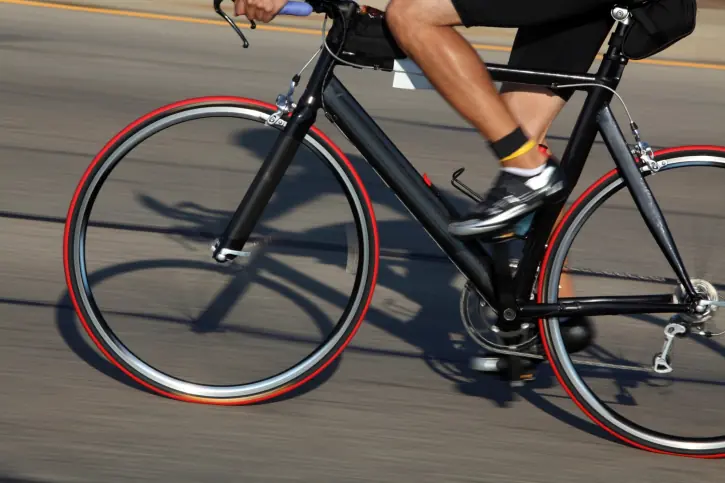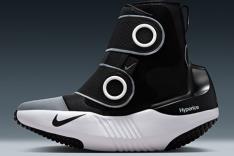
A friend of mine recently asked me about some problems she was having with her triathlon bike. She doesn't feel as "fast" on it and was thinking about changing to a new ride.
I asked her some questions about what she thought she'd change, and was surprised to find that she'd changed from a set of 650c wheels on her previous bike to 700c wheels on her new one. It immediately made me wonder if her problem was perhaps that her current ride was poorly fitted to her.
More: Do You Need a Triathlon Bike?
For athletes who are close to 5-feet tall, wheel size can be a tricky proposition. Bikes built for 650c wheels might be a little cramped, and the 700c models may feel unwieldy in turns and crosswinds. The stack and reach measurements for different brands and models become a paramount concern.
But everyone always wants the bigger wheels, because that makes you faster...right? The answer is "yes and no." For shorter athletes, it's important to understand the ins and outs of this situation so that they can make their bike choice based on the right priorities.
But it's a valuable discussion for the rest of us, as well. Understanding the relationship between wheel size and gearing can help us make smarter choices on the road.
More: 3 Steps to a Faster Bike Split
Let's first get a handle on the real size difference. What do 650c and 700c translate to in terms of on-the-road distance? Assuming we use a standard 23mm tire on both wheels, the circumference (distance around the outside of the wheel) of a 700c wheel is 2098.5mm. For a 650c wheel, it's 1938.4mm.
We're going to knock off the decimal place for the rest of this discussion to simplify. This means that for each full revolution, the 700c wheel goes 16 centimeters farther than the 650c. Doesn't sound like a lot, right? Well, extrapolate that out to a 100-mile ride.
100 miles = 160,934 meters = 76,708 wheel revolutions (700c wheel)
OR
100 miles = 160,934 meters = 83,041 wheel revolutions (650c wheel)
So, that 650c wheel has to turn 6,333 more times to cover the same century ride. Ouch! That's going to make things a lot harder on the legs. Or will it?
- 1
- of
- 2
About the Author









Discuss This Article